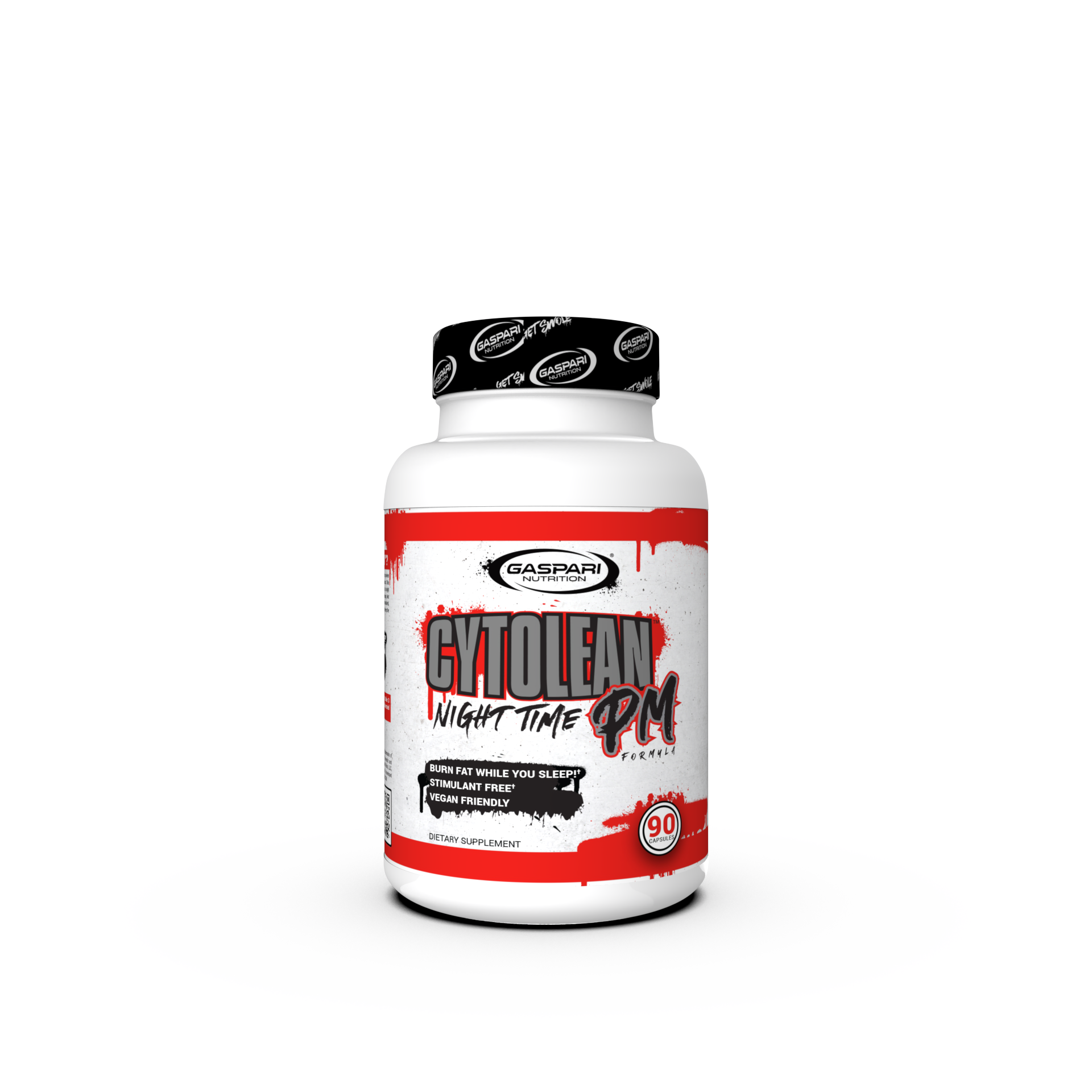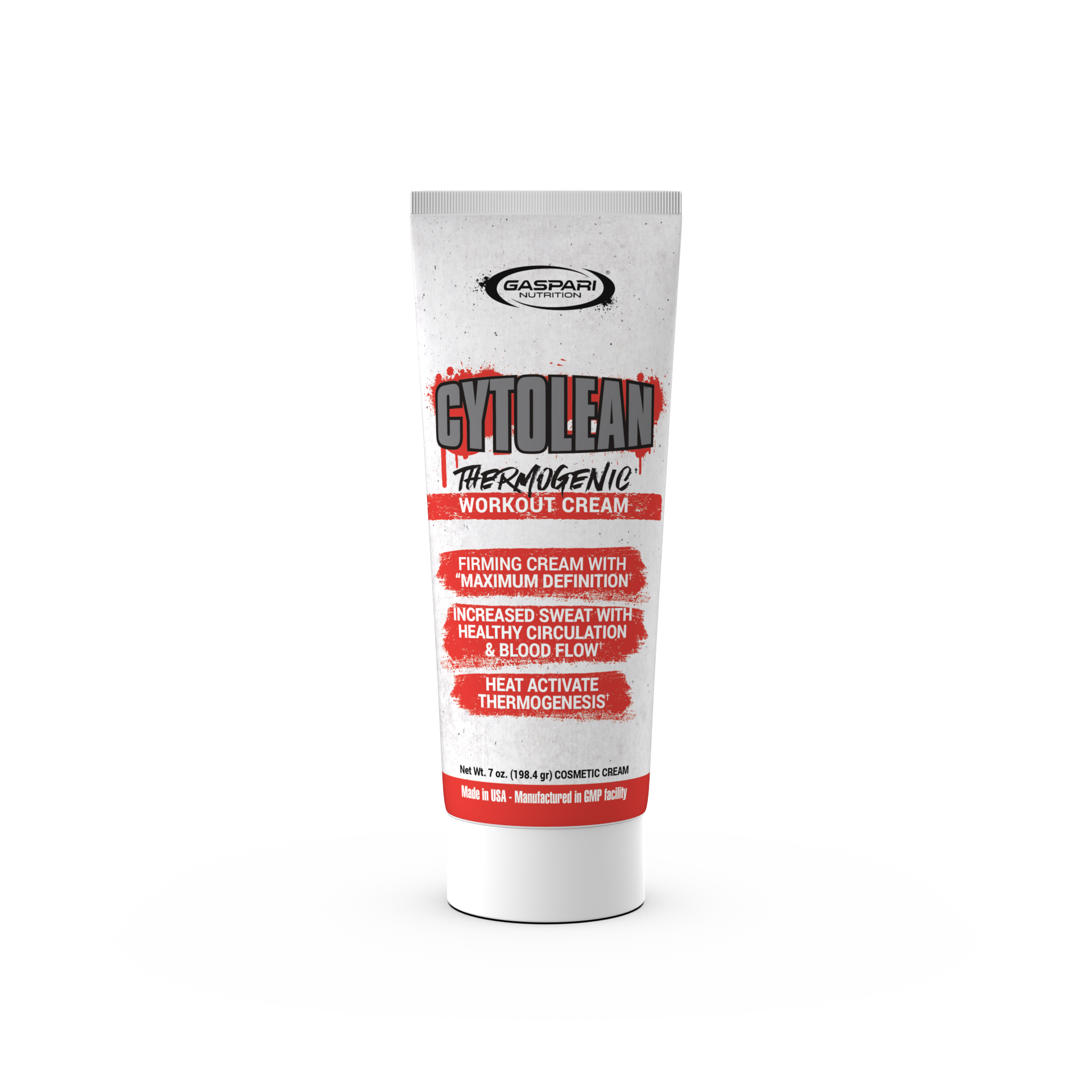In the bodybuilding, weightlifting, and overall fitness industry, you hear this debate come up very often. Some will argue that slow reps are the way to go. They say it’s harder work, more taxing due to the control and longer period of exertion it provides.
Others argue to the contrary that slow movements like that don’t engage stamina enough to be an effective workout. That the constant maxed out demand on movement is the key to breaking and building muscles, and keeping your body heated sufficiently to do it right.
Others just shrug and do a little of both. So, is one better than the other? If so, which? I’m going to go ahead and give you a spoiler here: there’s no “best one” out of the two. They both have their merits, and average people should probably do a little of both. However, for specific things, each is beneficial, and some people may be more naturally inclined to one than the other.
So, I’m not going to discuss this as if these two concepts are competing. There’s not going to be a winner at the end. That’s actually kind of silly with something like this. Instead, I’m just going to discuss them both. Let’s look at what’s going on with them, and the challenges or benefits that the conditions bring.
We’ll also look at some ways to balance a combination of both types, and maybe some cases
Fast Reps
For no particular reason, we’ll talk about fast reps first. Fast doesn’t necessarily mean frantically-rapid movement. It can simply be fluid movements less than five seconds in length, with no hold periods and little to no rest between rep sessions. It can mean rapid pedal-to-the-floor motion as well, but in weightlifting, that’s obviously not the norm, nor is it a good idea.
With consistent movement, your body engages in a specific way. This particular way is also a key component in aerobic exercise and high-energy sports. “The burn” which is achieved by long-endurance continued motion is actually duration stress on your muscles, your nerves and your respiratory and metabolic systems. You’re burning calories, you’re metabolizing protein, and you’re taxing your muscles’ longevity.
Longevity training like this can stimulate muscle growth, but by most accounts, seems most effective at maintaining musculature. It’s not all about growing muscle. It’s about keeping and caring for what you’ve got.
This kind of duration strain is a direct combatant to atrophy and undesired muscle migration. For new groups of muscles you want to start building, it can be an excellent initial stimulus for them as well. It will inform your body that these muscles are coming online, which will help the body grow them properly and help you gain some initial control over them as well.
Slow Reps
Slow reps are a very different thing altogether. Like with fast reps, though, “slow” is a generality, as few of these are longer than ten seconds. They can also still be fluid with no hold time, though hold times tend to be a prominent feature with these. It makes sense, as we’ll see in just a moment.
With slow reps, you’re challenging your neurology, your pain tolerance, your focus, and motion control. You’re exposing your muscles to extension strain, the lift much more intense and lengthy in time it takes to perform. It makes it feel heavier and more difficult per rep. It requires a lot of focus and control to make these movements fluidly and to hold as long as you need.
This is good for breaking and building muscles. It is also healthy for your mind and soul as you work to focus through the pain and just become your motions, achieving a sort of Zen, if you will.
Balance
So, now we come down to balancing these two. They both have their benefits, and they both have their difficulties. A balanced workout, though, is essential. Truth be told, having the two of these for balance feels kind of like a must, to me. Fast reps are good for recovery days in my experience, to remind the body which muscles to repair. And I build muscle using slow reps on high-intensity days.
I’m not exceptionally smart for doing this – a lot of people instinctively go this route, which itself does say something, doesn’t it? It’s almost as if our bodies know what they need. Go figure.
Exceptions
There are exceptions where one or the other are more suited for individuals. People with motor control difficulties which cannot be addressed will benefit more from fast reps, as they can be less dangerous to them.
At the same time, people with joint pain or the like might be better suited to slow reps, as this puts less strain on joints than more rapid, continuous motion.
There’s also something to be said for your disposition. Do you have a lot of natural energy? You may find slower reps harder to deal with in that case. Are you one of those people who have a meditative nature? Do you concentrate and lose yourself in your task at hand? If so, then you’ll probably feel at home with those mentally-trying, focused, slow reps as a result.
Bottom Line
The bottom line to this is, they both have their benefits. I don’t think one is better than the other, and while certain people may have inclinations for one or the other, neglecting the other entirely is still a bad idea.
To learn more, follow us on Facebook today!
The post Slow Reps vs. Fast Reps: Which Is Better For Building Muscle? appeared first on Gaspari Nutrition.













































































Share:
How To Fix Anterior Pelvic Tilt
Free Weights Vs Machine Weights: Which Is Better For Your Workout?